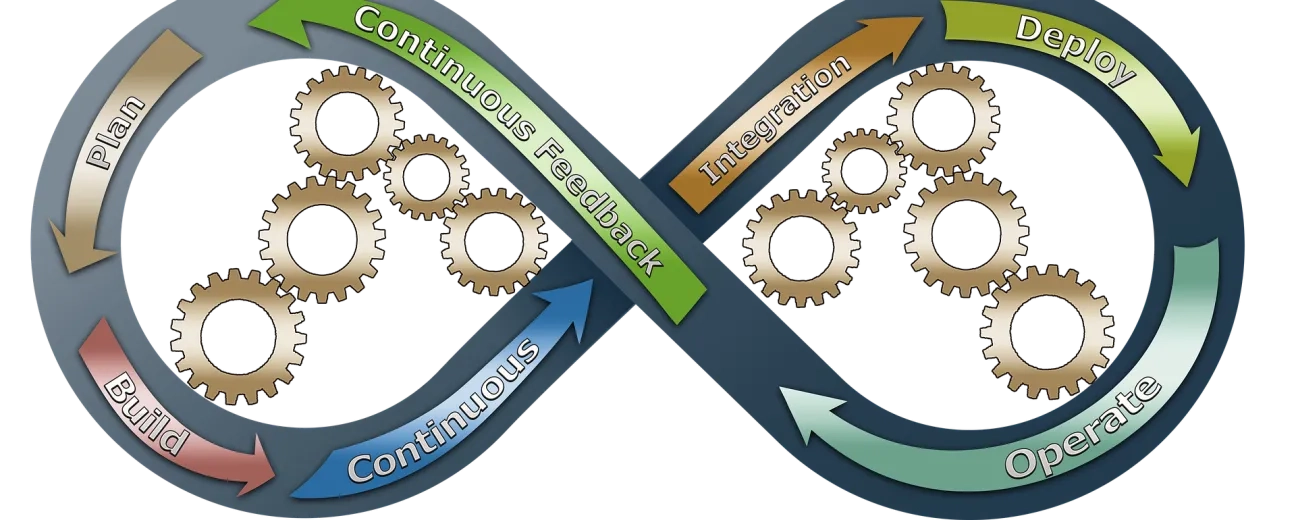
We’re excited to hear your project.
Let’s collaborate!

Today, businesses interact with their customers in many forms of digital services on all kinds of devices. As the digital world is more and more present in our lives, delivering streamlined experiences at the tip of your customers' fingers is the key to success.
A vital role in delivering rapid, accessible IT services is played by DevOps, a set of practices that brings software development and IT operations together. And when it comes to Drupal web development, DevOps represents a valuable instrument that can maximize the potential of Drupal-delivered projects.
DevOps, the culture that encompasses most digital businesses today, uses automation and advanced tech stacks to add a new layer of velocity to a company's infrastructure.
“DevOps represents a change in IT culture, focusing on rapid IT service delivery through the adoption of agile, lean practices in the context of a system-oriented approach. DevOps emphasizes people (and culture) and seeks to improve collaboration between operations and development teams. DevOps implementations utilize technology — especially automation tools that can leverage an increasingly programmable and dynamic infrastructure from a life cycle perspective”. - Gartner, Inc.
Businesses that incorporate a DevOps model into their workflows see benefits like:
To make the most out of DevOps, there are some key practices to follow when implementing your model:
Implementing a DevOps model into your Drupal development workflow will not only accelerate your development cycle and delivery but will also contribute to better user experiences and business outcomes.
As more companies are adopting DevOps models (according to a recent report, 60% of businesses are using or are considering DevOps for their organization), it is expected that DevOps will gradually become even more essential for any digital business. With this growth will come better opportunities for building future-ready Drupal deployments and web experiences suited for the modern customer’s complex needs.
DevOps continues to grow in new industries, opening possibilities for enhancing security, product monitoring, development, and cluster computing. As it will become the new norm, DevOps will continue to integrate more departments, improve solutions and designs.
As we've seen, DevOps models can also support a Drupal development team that focuses on improving project timelines and delivery.
Optasy is the right partner for fostering digital innovation and can help you create customized Drupal digital experiences.
What do you need support with?
Photo credit: PCB-Tech on Pixabay.

We’re excited to hear your project.
Let’s collaborate!